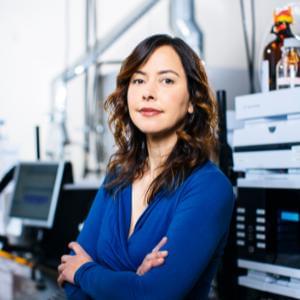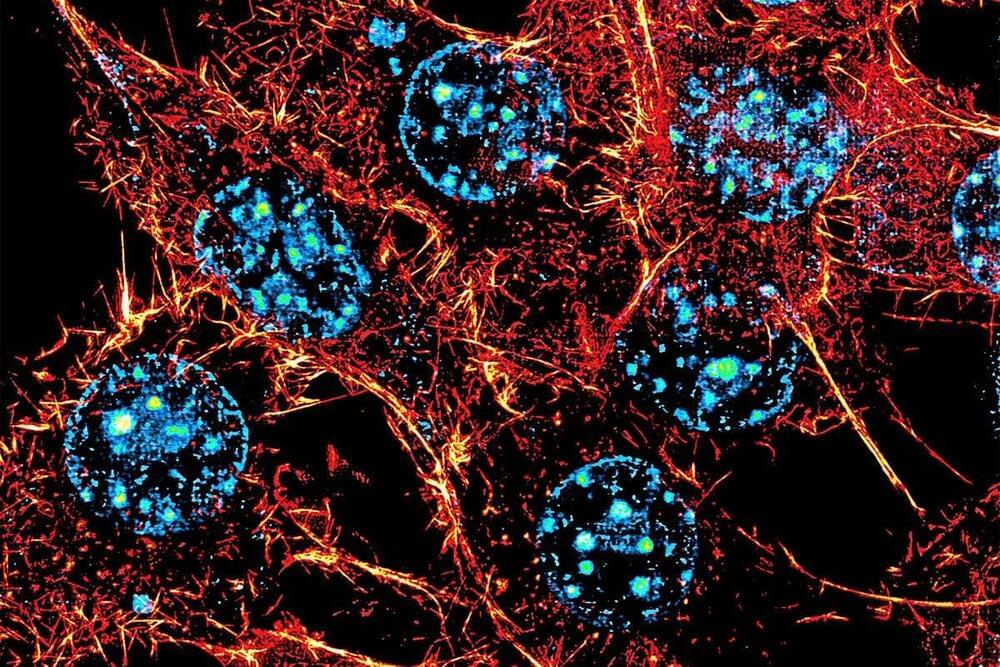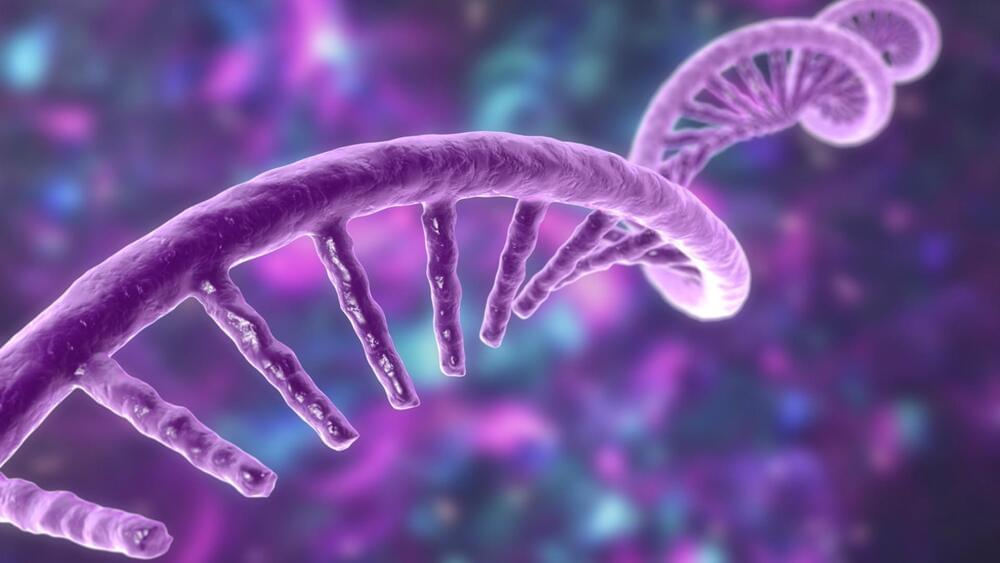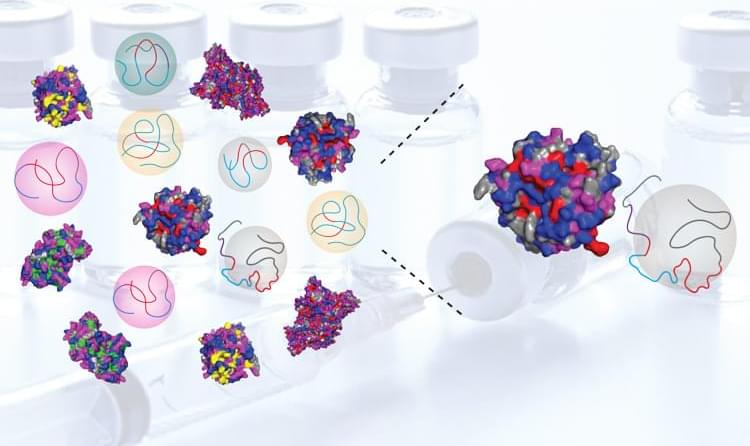Here’s a list of 10 visionary synbio company founders – who happen to be women – harnessing the power of biology to transform everything from health to human and animal nutrition, agriculture, haircare, bioremediation, and mining.


Play EVE Online: https://eve.online/Ridddle_EN
In this video, we explore the fascinating prospects of humanity becoming a proper interstellar civilization, up to Type III on the Kardashev scale. However, this transition process presents our species with a bunch of physical limitations, as well as societal and even biological implications. Many of them are quite unwanted or even ugly! We explore this vast topic by using the latest scientific models as well as the best science fiction worlds from books, TV shows, and even games. Speaking of which, to help us visualize this space-faring future with much-needed scale and fidelity, we turned to CCP Games — the creators of the massively multiplayer online game EVE Online. https://eve.online/Ridddle_EN. It is set in a rich sci-fi universe, where players can create their own character and explore a vast and complex virtual world built according to the well-thought set of consistent in-world rules The game is known for its intricate economy, politics, and warfare mechanics, where players can engage in a variety of activities, including mining resources, trading, building structures, and participating in battles. Quite frankly, the game feels like a real simulation of all those future endeavors humanity will face on the way to becoming a true interstellar species!


March 21 (Reuters) — Two organic compounds essential for living organisms have been found in samples retrieved from the asteroid Ryugu, buttressing the notion that some ingredients crucial for the advent of life arrived on Earth aboard rocks from space billions of years ago.
Scientists said on Tuesday they detected uracil and niacin in rocks obtained by the Japanese Space Agency’s Hayabusa2 spacecraft from two sites on Ryugu in 2019. Uracil is one of the chemical building blocks for RNA, a molecule carrying directions for building and operating living organisms. Niacin, also called Vitamin B3 or nicotinic acid, is vital for their metabolism.
The Ryugu samples, which looked like dark-gray rubble, were transported 155 million miles (250 million km) back to Earth and returned to our planet’s surface in a sealed capsule that landed in 2020 in Australia’s remote outback for analysis in Japan.

A research team led by Prof. Xue Yuanchao from the Institute of Biophysics of the Chinese Academy of Sciences has developed a new method for global profiling of in-situ RNA–RNA contacts associated with a specific RNA-binding protein (RBP) and revealed positional mechanisms by which PTBP1-associated RNA loops regulate cassette exon splicing.
This study was published online in Molecular Cell on March 22.
In eukaryotes, the same pre-mRNA can produce multiple protein isoforms to execute similar or different biological functions through alternative splicing. Several longstanding models proposed that RBPs may regulate alternative splicing by modulating long-range RNA–RNA interactions (RRI). However, direct experimental evidence was lacking.

“AlphaFold was a huge advance in protein structure prediction. We were inspired by the advances they made, which led to a whole new wave of using deep learning,” said Professor David Baker, a biochemist and computational biologist at the University of Washington.
“The advantage of ESMFold is that it is very fast, and so can be used to predict the structures of a larger set of proteins than AlphaFold, albeit with slightly lower accuracy, similar to that of RoseTTAFold,” Dr. Baker said, referring to a tool that emerged from his lab in 2021.
DeepMind open-sourced the code for AlphaFold2, making it freely available to the community. Nearly all proteins known to science—about 214 million—can be looked up in the public AlphaFold Protein Structure Database. Meta’s ESM Metagenomic Atlas includes 617 million proteins.
A leading neuroscientist claims that a pong-playing clump of about a million neurons is “sentient”. What does that mean? Why did they teach a lab-grown brain to play pong? To study biological self-organization at the root of life, intelligence, and consciousness. And, according to their website, “to see what happens.”
CORRECTIONS/Clarifications:
- The cells aren’t directly frozen in liquid nitrogen — they are put in vials and stored in liquid nitrogen: https://www.atcc.org/products/pcs-201-010
- The sentience of some invertebrates, like octopuses, is generally agreed upon. Prominent scientists affirmed non-human consciousness in the Cambridge Declaration on Consciousness: https://philiplow.foundation/consciousness/
DISCLAIMER: The explanations in this video are those proposed by the researchers, or my opinion. We are far from understanding how brains, or even neurons, work. The free energy principle is one of many potential explanations.
Support the channel: https://www.patreon.com/IhmCurious.
Footage from Cortical Labs: https://www.youtube.com/watch?v=neV3aZtTgVM
NASJAQ’s interview with founder Hon Weng Chong: https://www.youtube.com/watch?v=Y1R5k5QWPsY
Cortical Labs website: https://corticallabs.com.
Full paper on DishBrain: https://www.cell.com/neuron/fulltext/S0896-6273(22)00806-6

DART VADAR can automatically sense and respond to molecular triggers in cells.
During the COVID-19 pandemic, the term mRNA was brought to the public’s attention. It is, however, not a new medical technology, having been identified in 1961.
These mRNA vaccines were developed to generate a full-body immune response in order to protect the human body from the deadly coronavirus and its variants.
Dr_Microbe / iStock.
The rapid development of mRNA-based vaccines saved millions of lives worldwide. Since the beginning of the pandemic, up to twelve billion doses of mRNA vaccines have been administered globally.

Food tech startup Farther Farms has developed a process that keeps foods that would normally need to be refrigerated or frozen fresh at room temperature — and their first product is a bag of shelf-stable French fries.
The cold chain: Microorganisms are a major cause of food spoilage, and they thrive at room temperature. By keeping some foods cold, we can slow the growth of these microbes, extending the life of the food.
To do that, the foods must be prepared, shipped, and stored along a temperature-controlled supply chain (a “cold chain”). If the cold chain is broken at any point along the way, the food may quickly become unsafe to eat.
